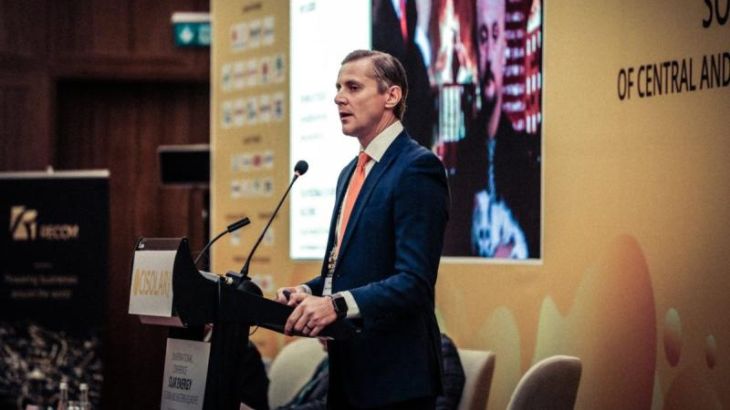 Vitaliy Daviy
Vitaliy Daviy
CEO of IB Centre, Co-chair of CISOLAR 2024 Bucharest
The co-founder and first President of the Renewable Energy Association of Ukraine
The further development of the Romanian renewable energy market is inextricably linked to the Power Purchase Agreement (PPA) mechanism. Today, Romania is one of the fastest-growing markets in Europe. However, the initial impetus provided by new legislative incentives and EU funding may not be sufficient to ensure long-term growth. The introduction of the PPA mechanism can provide the foundation for stable, sustainable development of the industry in Romania, and the sooner this is implemented, the better.
The country should implement the PPA mechanism to address several key challenges in its energy system. Romania’s energy market is currently dominated by conventional energy sources, with a significant reliance on coal and natural gas, which together account for over 60% of the country’s energy mix. This reliance not only increases carbon emissions but also exposes the country to volatility in global fuel prices and supply disruptions.
We can say that Romania’s energy market operates on a liberalized model, but it lacks sufficient long-term contracting mechanisms that are essential for the bankability of renewable projects. PPAs can fill this gap by securing a fixed revenue stream for project developers, thereby mitigating risks associated with fluctuating electricity prices in the spot market.
Moreover, Romania’s renewable energy sector has been underperforming relative to its potential, with wind and solar representing only a modest share of the overall energy mix. By implementing the PPA mechanism, Romania could attract substantial investments into its renewable sector, especially in wind and solar energy.
Furthermore, PPAs can foster greater market competition and drive innovation by encouraging private sector participation in the energy market. This would lead to more competitive pricing and better integration of renewable energy into the national grid.
More Power. Less Carbon. At Sustainable Energy Expo 2024
You can say: how about the auction system? Well, it is a great catalyst for decreasing prices, but the main advantage of PPA is its ability to provide greater financial certainty and stability for both the energy producer and the buyer. While auctions can drive down prices through competitive bidding, they often lead to uncertain and volatile revenue streams for producers. In contrast, PPAs offer long-term contracts with fixed pricing, reducing risk and ensuring predictable income. This stability makes it easier to secure financing for renewable energy projects, leading to more consistent and sustainable growth in the sector. This is exactly what Romania needs.
In Poland, PPAs have been a catalyst for growth since their implementation in 2019, supporting around 25-30% of new wind and solar energy projects. The PPA model has provided the financial stability needed to attract significant private investments, enabling the country to expand its renewable capacity rapidly. By 2023, Poland had secured over 3 GW of renewable energy capacity through PPAs, contributing to a 15% increase in the country’s total renewable energy output.
Germany was one of the early adopters, implementing PPAs around 2015. Today, PPAs cover approximately 20-30% of new renewable energy projects, particularly in the wind and solar sectors. Similarly, Spain has seen substantial growth in its renewable sector since introducing PPAs in 2018, with these agreements accounting for 40-50% of large-scale solar projects.
France began integrating PPAs into its renewable energy strategy in 2017, where they now support about 15-20% of new projects. Meanwhile, Sweden, which implemented PPAs around 2016, relies on these agreements for approximately 30-35% of its onshore wind projects.
The Netherlands has also embraced PPAs, especially for offshore wind, with around 40-45% of projects relying on these agreements since 2018.
Today Romania has exceptional potential for renewable energy development but in order to turn it into real projects, it is necessary to use additional incentives, one of which is the PPA mechanism.
